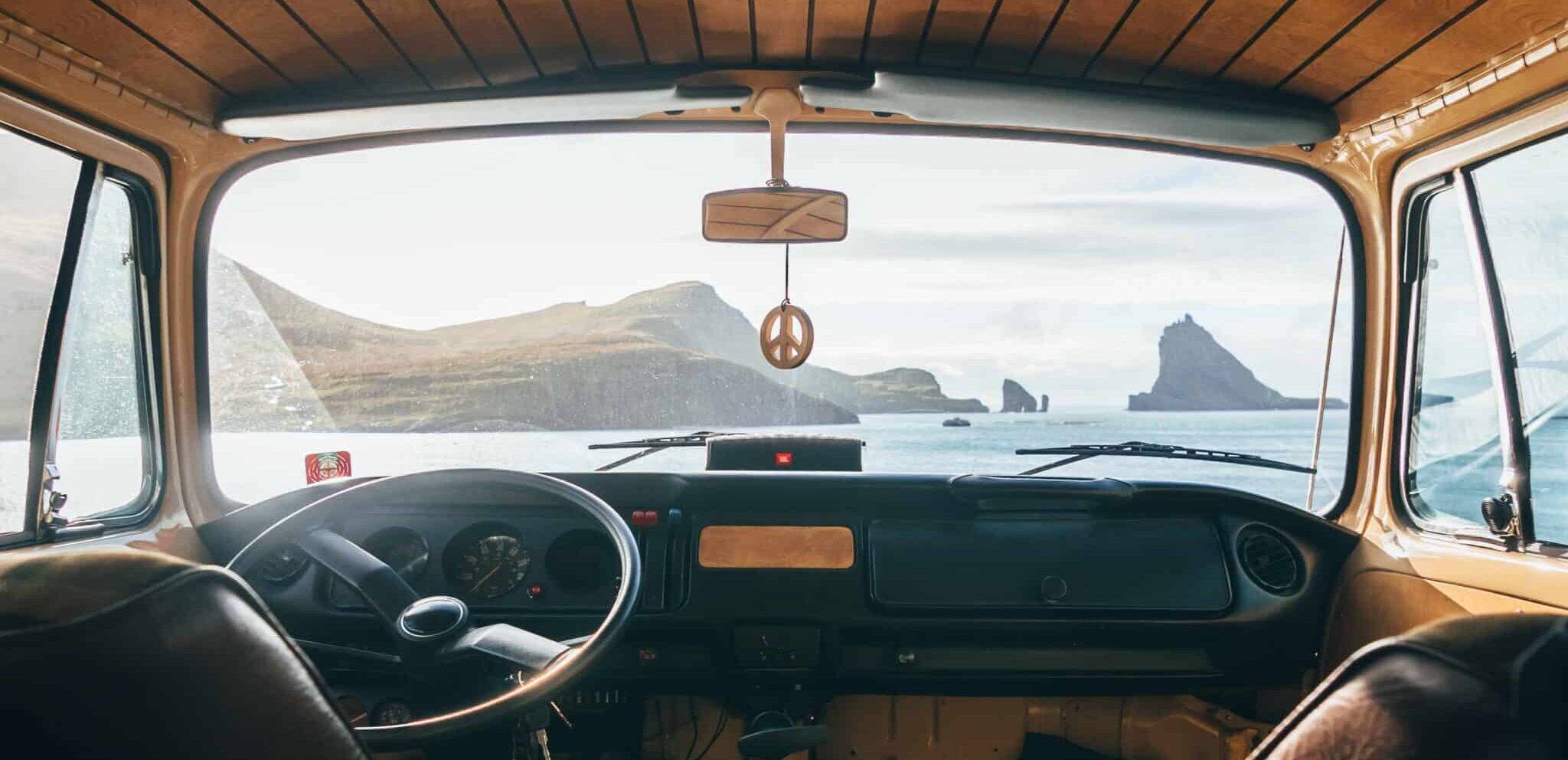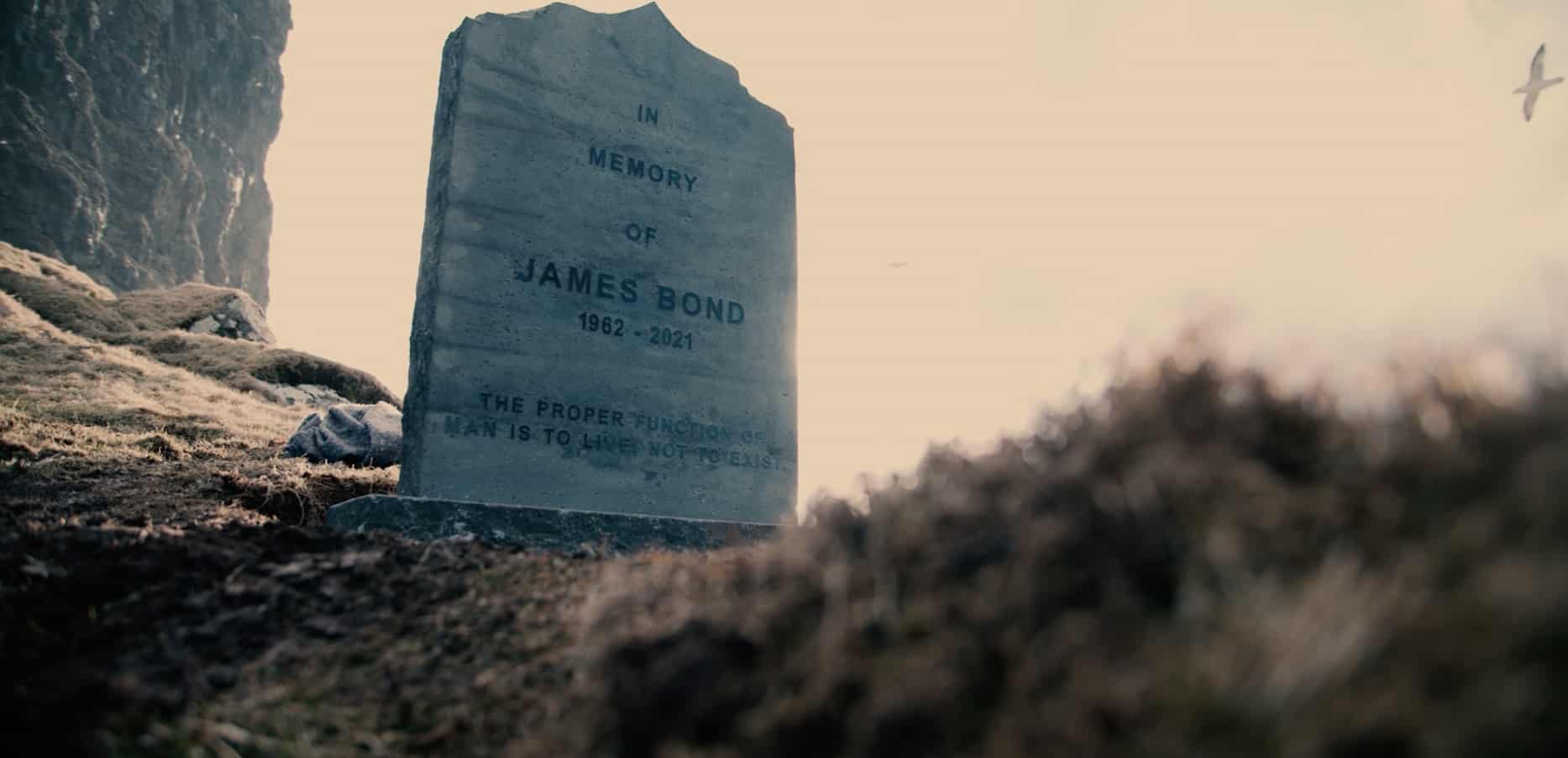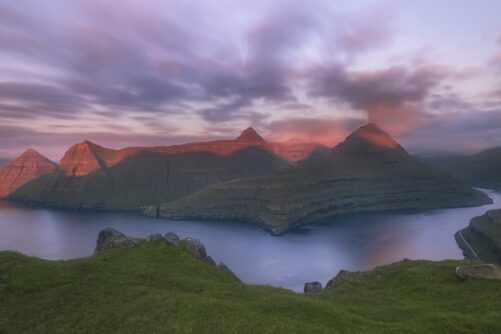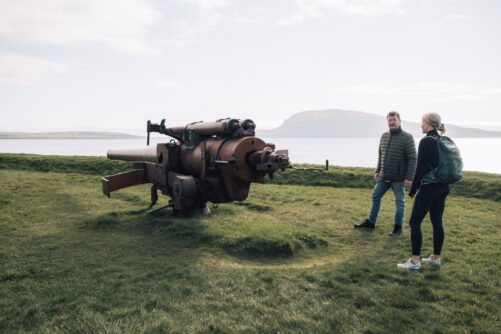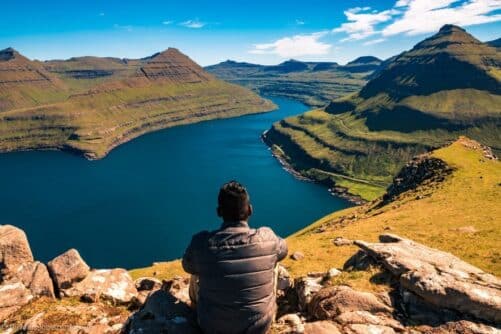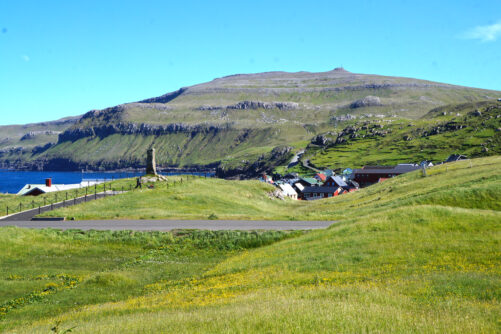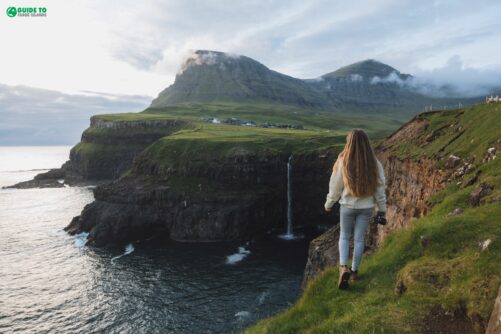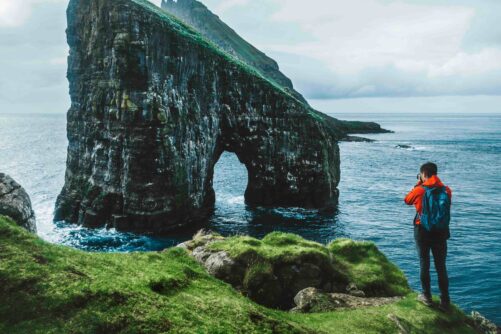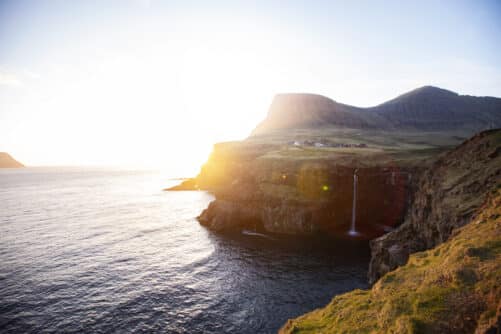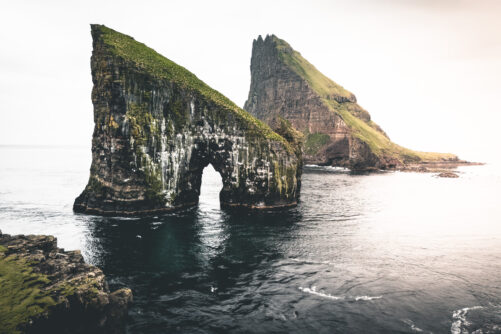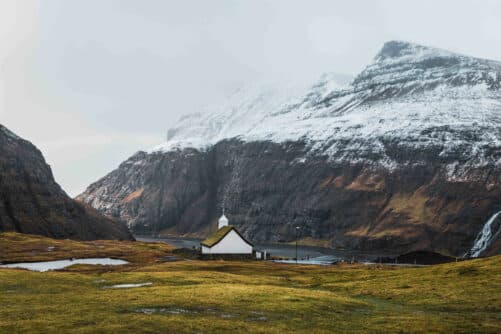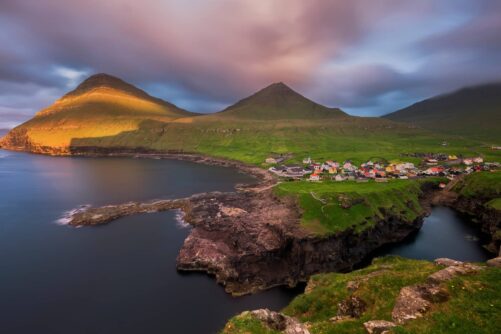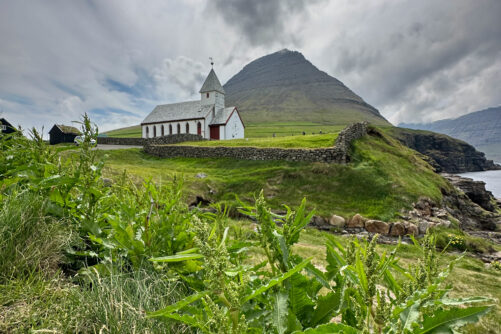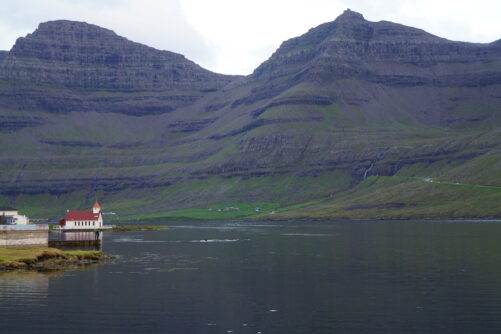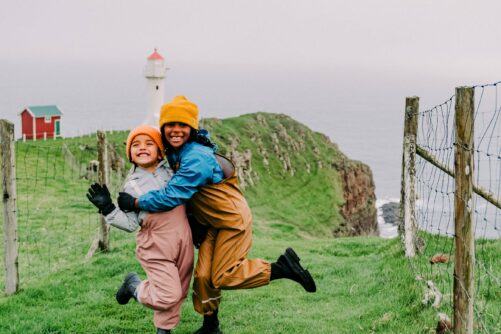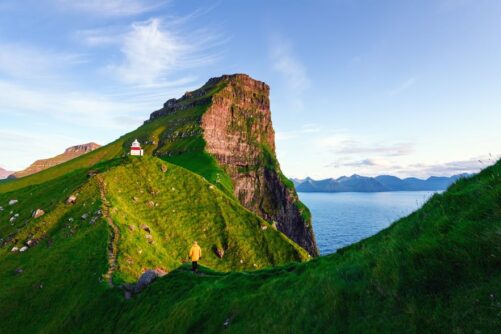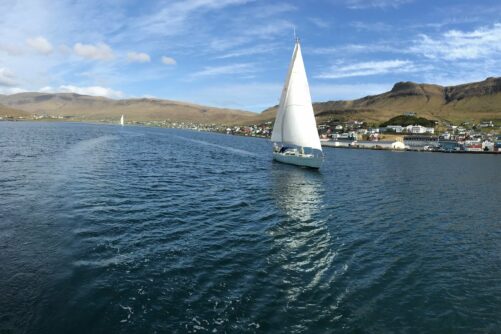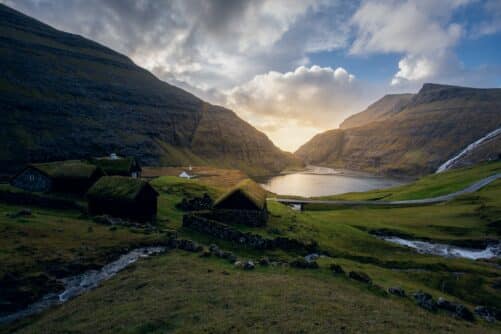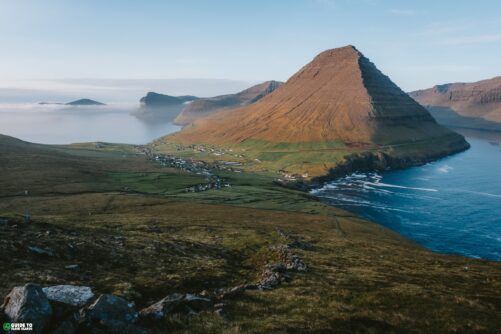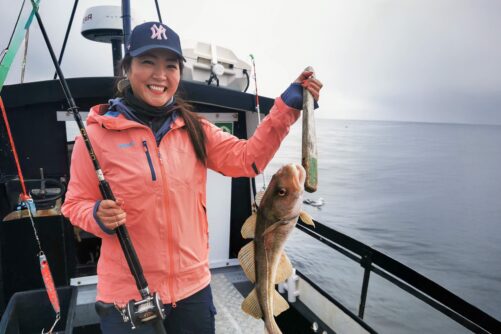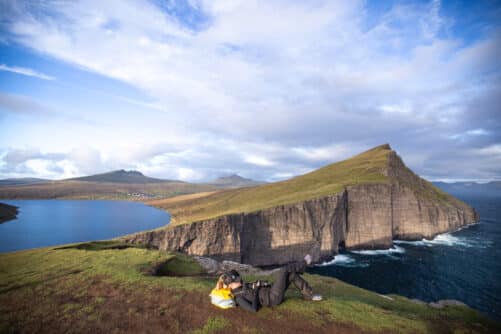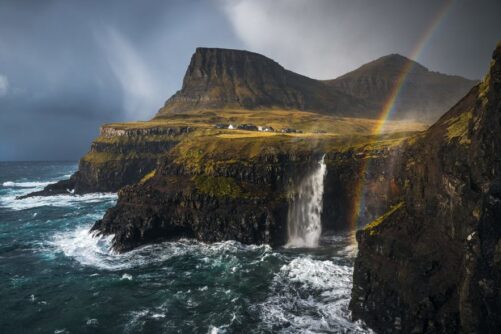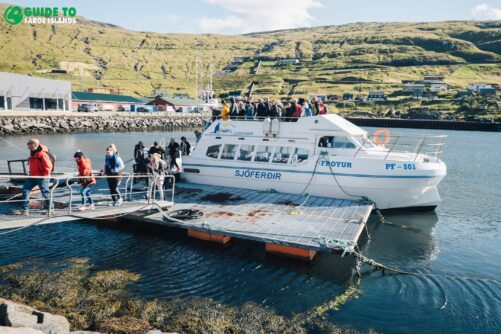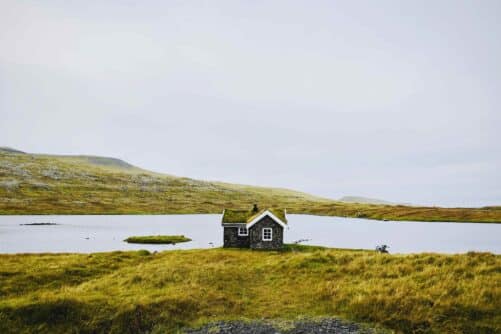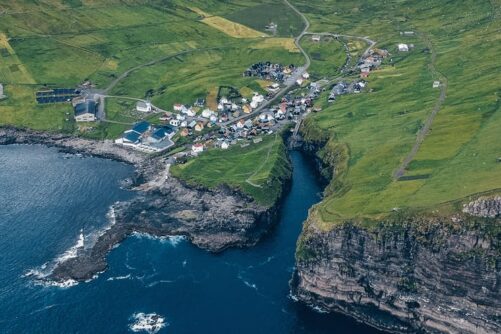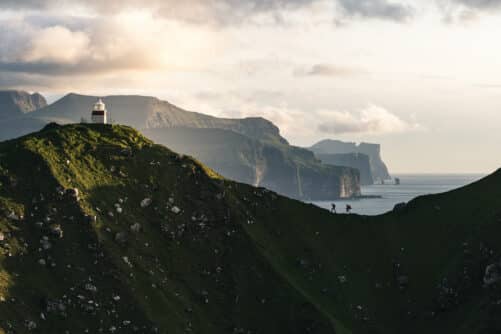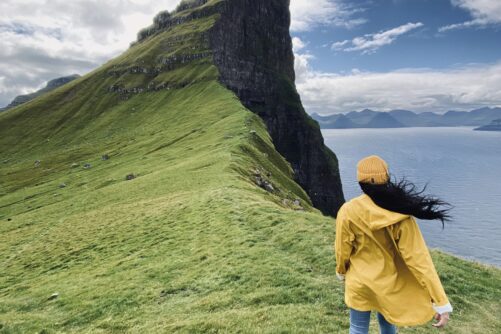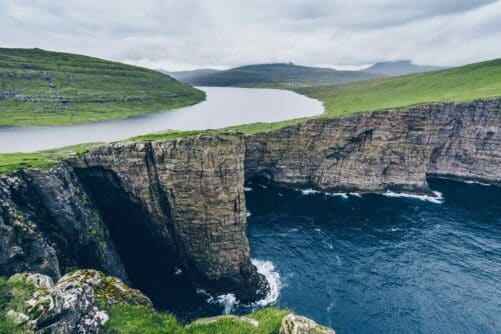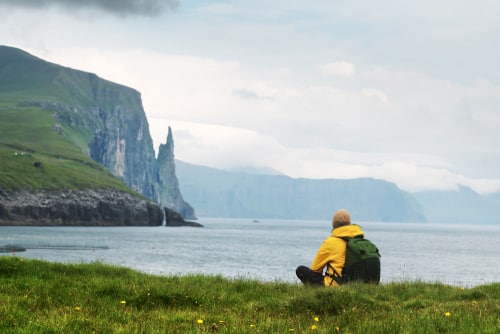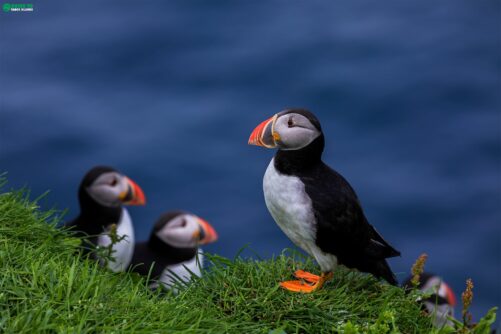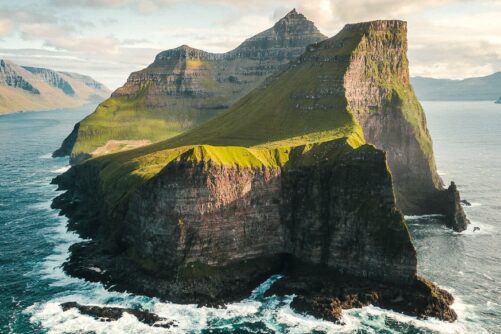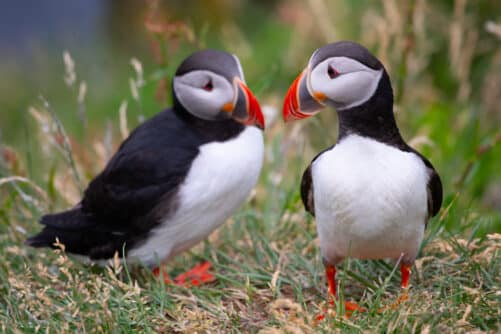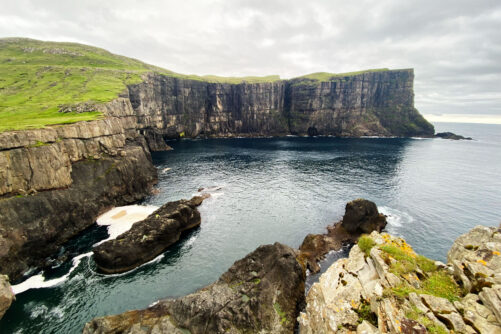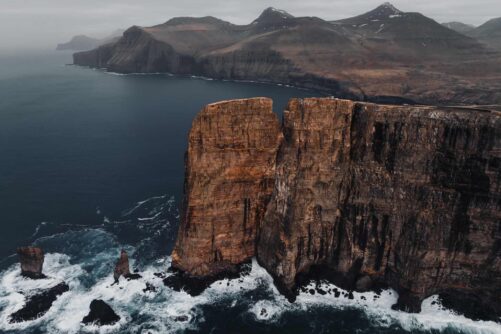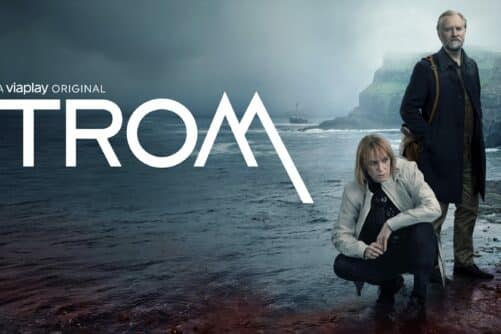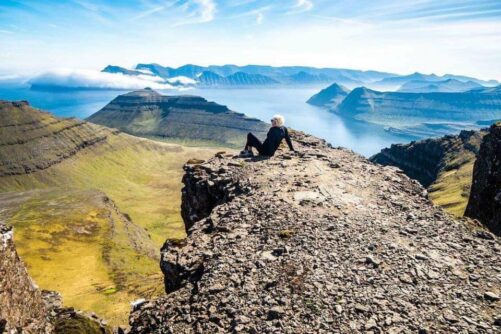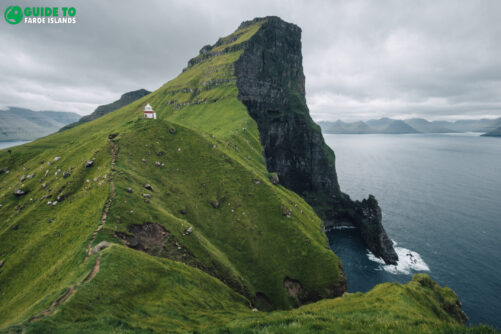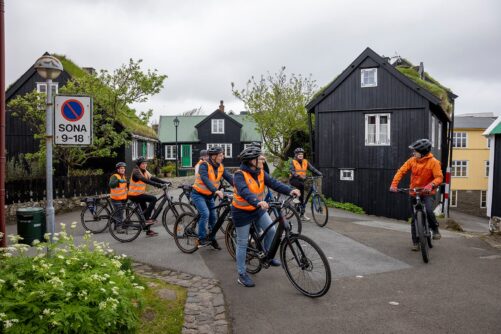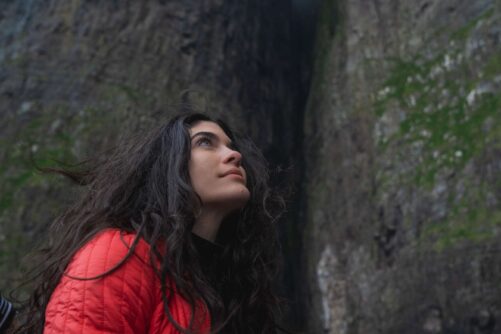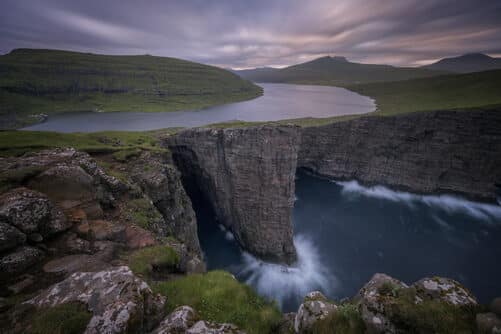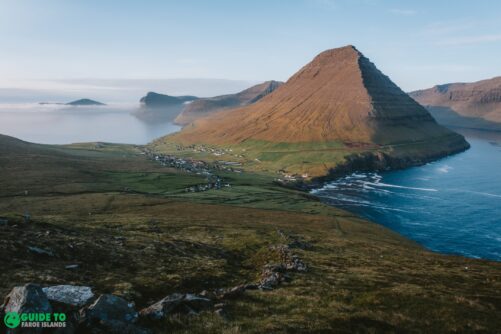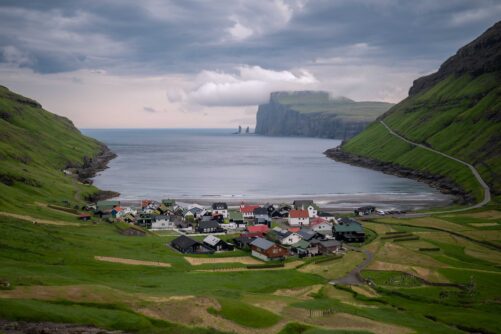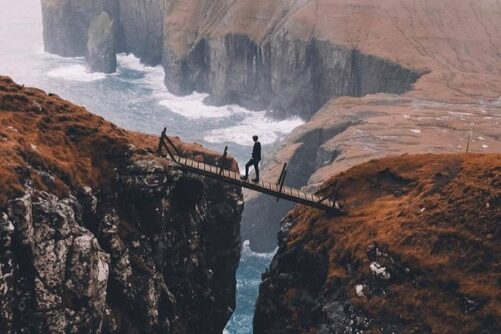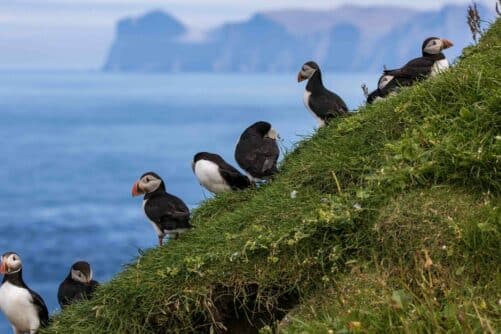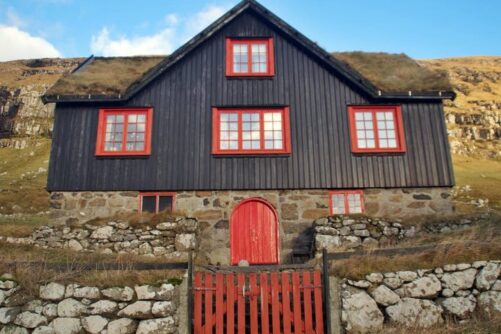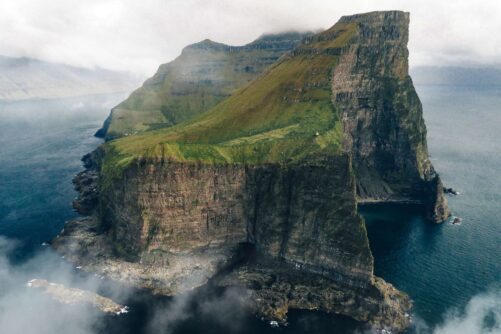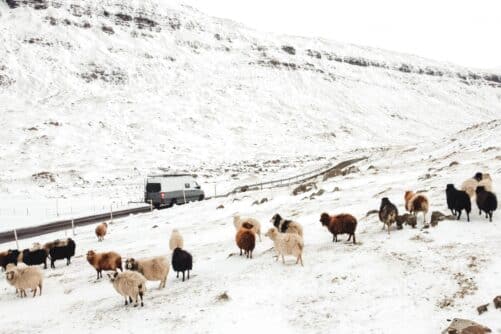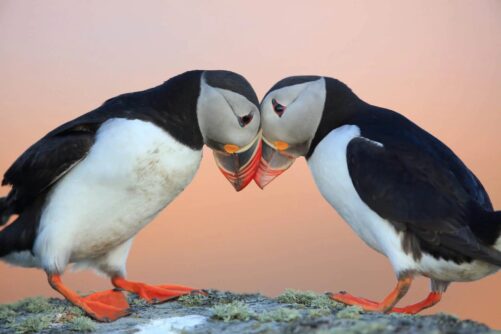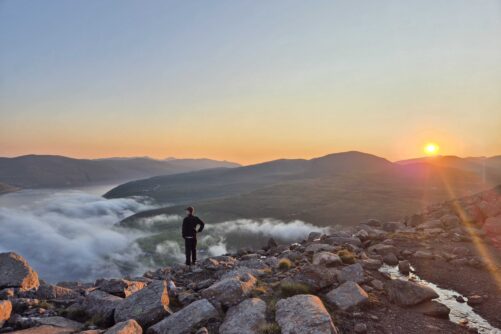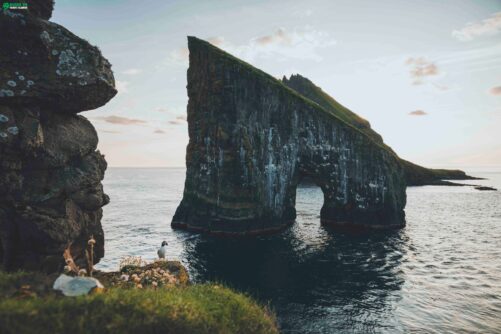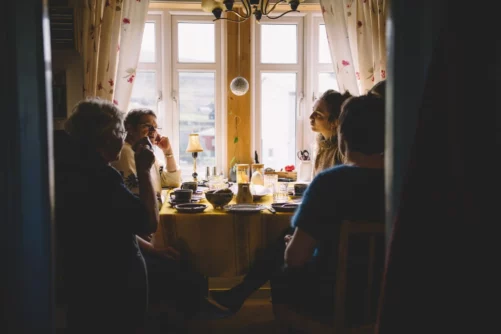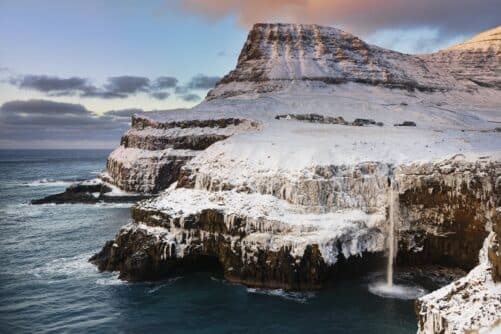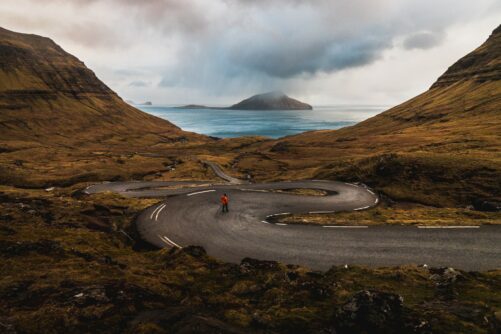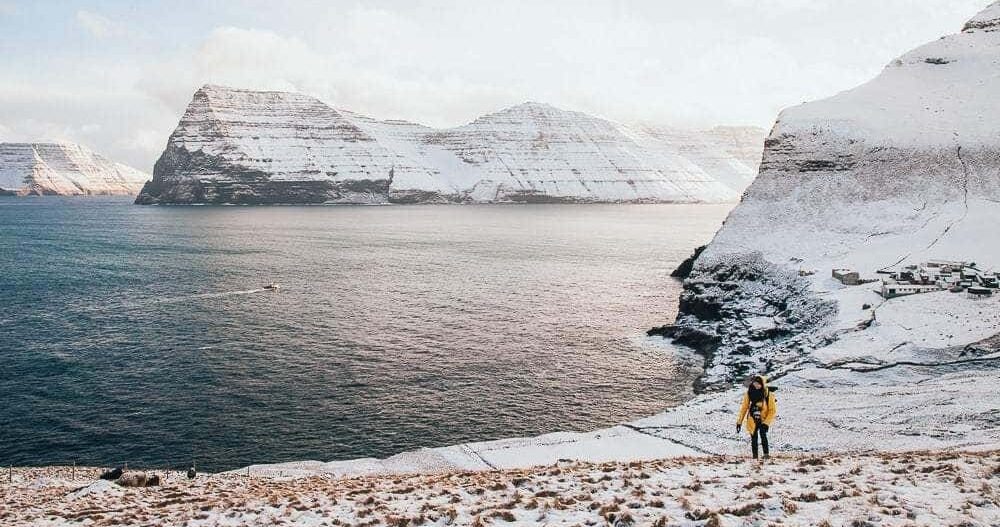
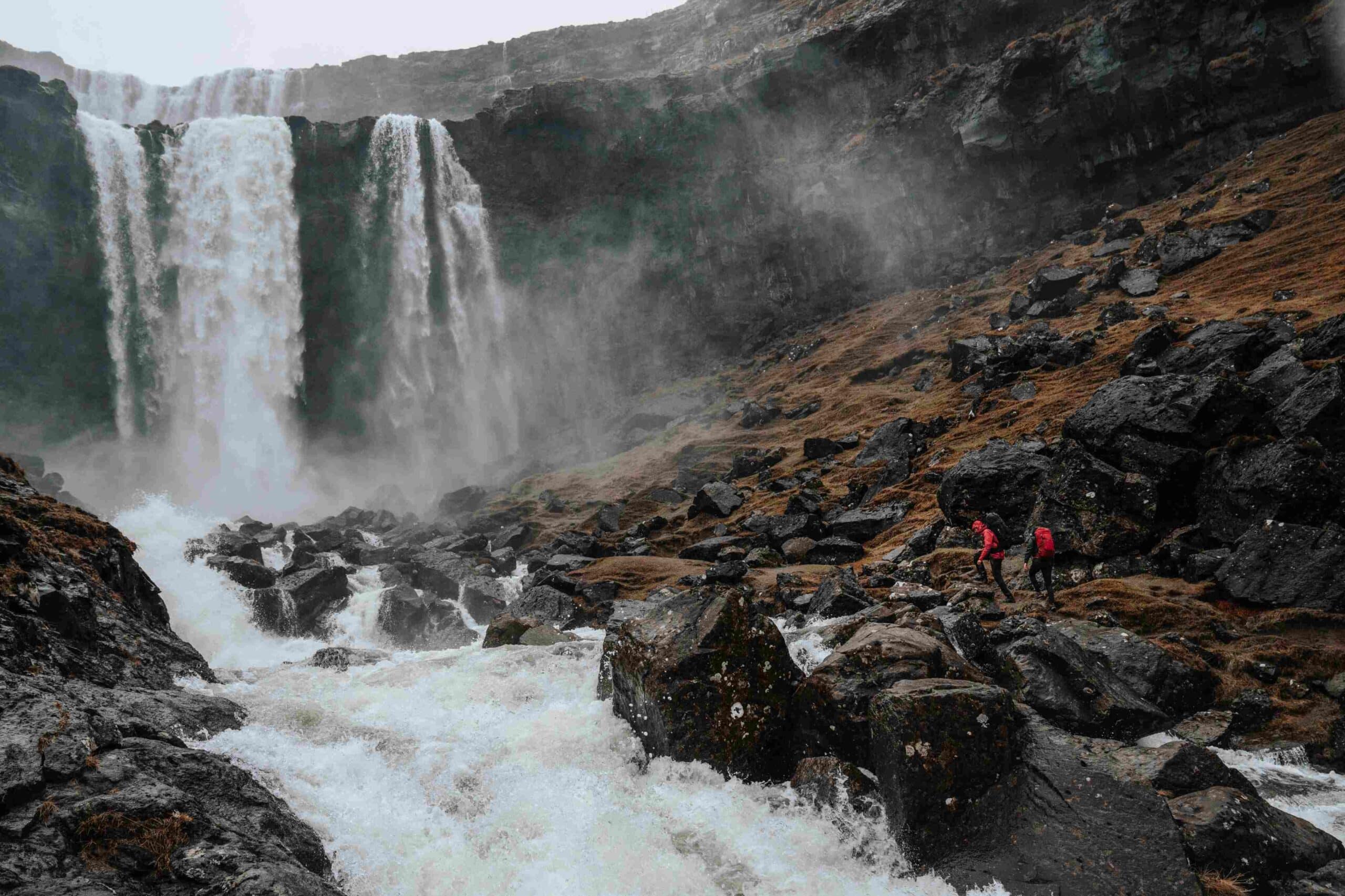
The Unpredictable Faroe Islands Weather
What is the weather like in the Faroe Islands? Which clothes would suit the weather in the Faroe Islands? What are the seasons like and what will the temperature be like? Here is your short guide to the weather in the Faroe Islands.
- Find the cheapest Rental Cars in the Faroe Islands
- Browse and book Vacation Packages
- Read our Faroe Islands Car Rental Guide
- Discover the Best Hikes in the Faroe Islands
Tucked halfway between Iceland and Scotland, the wild Faroe Islands are like no other place on earth. The weather in the striking 18-island archipelago is just as unique as the islands themselves.
Faroe Islands can be brutally windy and expect showers most days. The number one thing to know when planning any trip to the island group is that the moody weather in the Faroe Islands will set the tone. Continue reading and learn all the details.

Ever-changing weather
Whether you visit the Faroe Islands during summer or winter, you will experience ever-changing weather. A jaw-dropping cliff can be visible one moment and then the fog can hide the sight just minutes later. The Faroe Islands are unbelievable and the weather is unpredictable.
You will be very surprised just how much the climate in the Faroe Islands varies from one island to another. Drive for 15 minutes and you might very well find that the weather is completely different. Drifting clouds might shut out all landmarks from view on one island. Wait a moment and everything might very well clear up and you get those unbelievable vistas that the Faroe Islands are known for.

The ocean dynamics are changing frequently around the islands. Due to this phenomenon, the weather often shifts at a moment’s notice. This has led the Faroe Islanders to refer to the archipelago as “The land of maybe”.
A local tip
The best advice that you will hear from the locals is that you do not wait for the right weather as you can witness several seasons in one day. When preparing for your Faroe Islands holiday get used to the phrase “If the weather is bad, wait 5 minutes”. You will learn that this is true.

When you reach one of the sceneries that you really want to see and the weather is not like you would like it to be, then wait for a moment. Admire the ever-changing view of the landscape.
One minute you might be battling gust winds from the North and the next minute you can embrace the calmness when overlooking spiky peaks or spectacular valleys. When the conditions change so fast, you will need to be well prepared for any nature tours on your Faroe Islands adventure.

Use weather forecasts
Even though it can be crazy to experience the changing weather, always make sure to inform yourself about the Faroe Islands weather forecast each day. Check the current weather conditions in the Faroe Islands on Landsverk’s website before setting off for your explorations of the breathtaking landscapes.
Landsverk is the public road authority in the Faroe Islands. You can even see live webcams from several locations across the archipelago on their website. Most locals also use the Faroese weather forecast given by the Norwegian Broadcasting Corporation and the Norwegian Meteorological Institute.

The locals are used to rainy days. If you visit the Faroe Islands in June, you will experience less rain as this is the month with the least rain. December and January are the two months with the most clouds and rain.
On a dark late autumn morning, you may scrape frost off the front car screen. The first half of the day may offer mist and rain. At twelve o’clock you might get a glimpse of the sun and in the afternoon you will be blown about by gusts of autumn wind.
Prepare for Rain

It is just about always raining in the Faroe Islands. That is an over exaggeration but gives you an idea of the conditions most days. Faroe Islanders see rain coming down from the skies 270 days each year.
Even though it rains three our of four days in the Faroe Islands, you will never experience rain all day long. Most rainy days come with a couple of showers. They are usually just around for some minutes and rarely for more than an hour before it is dry again.
These short showers still count in the wet statistics for the Faroe Islands. As your main travel goal most likely is the great outdoors, bring a waterproof jacket and shoes too and you will be just fine.
Spring weather in the Faroe Islands

March marks the first early signs of spring. The first flower bursting into bloom is the crocus. Snow is quite common in March but the flowers will come anyway. Temperatures will slowly rise through April and May. Expect the average maximum temperature to rise from 6°C (43°F) in March to 9°C (48°F) in May.
Snow will typically melt in April and be more or less gone in May. But there is also a chance that there will be snowy days in April and even in May.
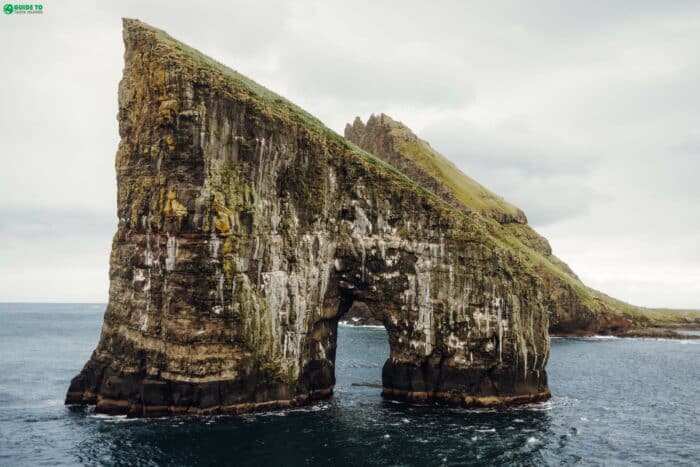
The hours of bright sunshine will rise from an average of 70hrs in March to 125hrs in May. You will for sure experience more than one shower. The average wind speed will fall from 6,7 m/s in March to 4,9 m/s in May. Regardless of the weather, this is a fantastic time to visit an uncrowded destination that will motivate your wanderlust.
The first migrating birds appear in the Faroe Islands in spring. The famous Atlantic puffin will arrive in late April. So if you are in the Faroe Islands in May, make sure to book a day tour to Mykines.
Summer Weather in the Faroe Islands

June, July, and August are the warmest months in the Faroe Islands. Warm is a relative adjective in the middle of the North Atlantic Ocean. With an average maximum temperature ranging from 11°C (52°F) in June to 13°C (55 °F) in August. Summer is the most popular time for people to visit the Faroe Islands.
The average hours of sunshine are 125hrs in June and 100hrs in August. These are also the driest months in the Faroe Islands. The average wind speed will be 4,5 m/s through the summer season.
Faroe Islands’ high latitude will secure you lots and lots of daylight and epic twilight. At midsummer in mid-June, it will never become completely dark. With almost 24/7 hours of daylight, you can pack just as many activities as you want into your summer holiday. The Faroe Islands are bursting with adventures and things to try. Fancy a guided hike from Tórshavn to the sod-roof village Kirkjubøur, anyone?
Autumn Weather in the Faroe Islands

In the Autumn (or Fall), you are likely to experience temperatures ranging from 11°C (52°F) in September to 7°C (45°F) in November. The vibrant colors of autumn will cover the grassy slopes.
There is on average 80hrs of sunshine in September. That number is to reduce drastically as it becomes darker in October with 50hrs of sunshine and 20hrs of sunshine in November. These are also the driest months in the Faroe Islands. The average wind speed will increase from 5,5 m/s to 6,5 m/s. It will feel windier than the average wind speed.
This is the ideal time of year to go on an invigorating amble in uncrowded nature. You might see the first layer of snow or catch the northern lights in November. Joining a Boat Tour to Drangarnir is also among the most popular things to do in the autumn season.
Winter Weather in the Faroe Islands

December, January, and February are the coldest and most windy months in the Faroe Islands. The average maximum temperature is usually around 5°C (41°F) throughout the winter. There will be an average of 8-10 days with frost. The mountain peaks are likely to be covered in snow.
You will experience more or less no sunshine in December with only 7hrs of sunshine on average. The number of sunshine hours will double in January and in February there will be on average 36hrs of sunshine.

The average wind speed will be 7 m/s. The Faroe Islanders will experience a storm or two during the winter season. On the windiest days, the waterfalls will spray up in the air. Head to the village Gásadalur for such a sight when enjoying the Múlafossur Waterfall. Gásadalur is among the best winter attractions in the Faroe Islands.
When visiting the Faroe Islands this time of year, make sure to book the Full Day See it All Faroe Islands Tour. This guided day tour with incredible reviews will serve as the perfect introduction to the main islands.
Which clothes to wear outdoor in the Faroe Islands?

The weather is almost always moody in the Faroe Islands. The atmosphere in nature will change due to changing weather.
So the wisest thing you can do when packing for your Faroe Islands travel is to bring with you good and warm clothing no matter when you visit the islands. You will feel most comfortable when moving around the Faroe Islands in layers.

The number one dressing advice for the climate in the Faroe Islands is layering. Here are some clothes that you should definitely put in your luggage when you want to go hiking in the Faroe Islands or do other kinds of day tours outdoors.
- Good hiking boots
- Warm socks
- Lightweight woolen shirt
- Rainproof jacket
- Windproof trousers
- Warm sweater – wool or fleece
- Cap
This is essential clothing to wear in the Faroe Islands, regardless of the season. One important thing to know is that the wind will feel colder than the actual temperature. The wind will amplify the cold.
When the weather changes quickly, just take notice before you get to the Faroe Islands, that you bring appropriate clothing with you. This will do you good during your stay in the North Atlantic.
What is the temperature like in the Faroe Islands?

The temperature does not differ that much from summer to winter. Summer temperatures are between 10-12 degrees Celsius (50-54 Fahrenheit). In the winter the temperature is typically 5 °C (41 Fahrenheit) above the freezing point. You will most likely be outside your normal weather comfort zone but you will for sure enjoy all the moments with nature.
Even though temperatures do not vary that much from the summer months from May to August and to the winter months from December to February, there is still a difference. The sheet below illustrates the temperature each month in the Faroe Islands. All temperatures are average temperatures each month.
| Month | Temperature |
| January | 3 °C |
| February | 3 °C |
| March | 4 °C |
| April | 5 °C |
| May | 7 °C |
| June | 9 °C |
| July | 10 °C |
| August | 10 °C |
| September | 9 °C |
| October | 7 °C |
| November | 4 °C |
| December | 3 °C |
The temperature is highest in the small villages along the coastline. When you move upwards from sea level, the temperature will decrease with higher altitude.
In the Faroe Islands, the temperature will be on average 4 degrees Celsius higher in many villages than on top of the highest summits. You can actually feel the difference when walking uphill to one of the higher mountains.

Have the weather in mind before arrival
When you book tours in the Faroe Islands, remember that the weather can be extremely dramatic. You can have clear skies and then strong wind and heavy rain. You can be completely shut out by nature and everything and the best thing you can do is to embrace the moody weather fully.
All seasons are great in their own way. Learn more about the different seasons and find out the best time to visit the Faroe Islands. Based on your own preferences, you can then make up your mind when to explore the Faroe Islands.

